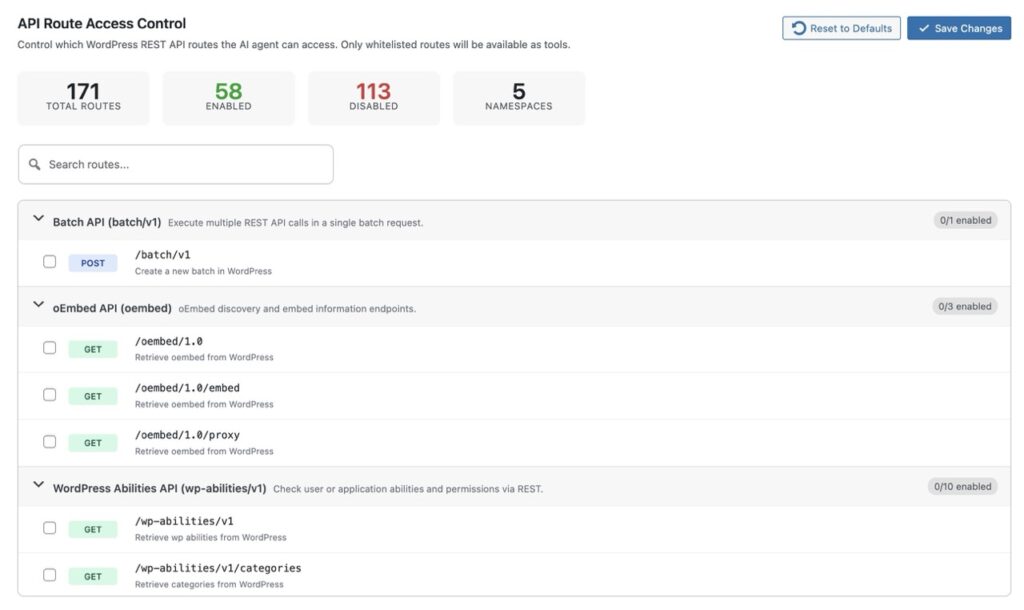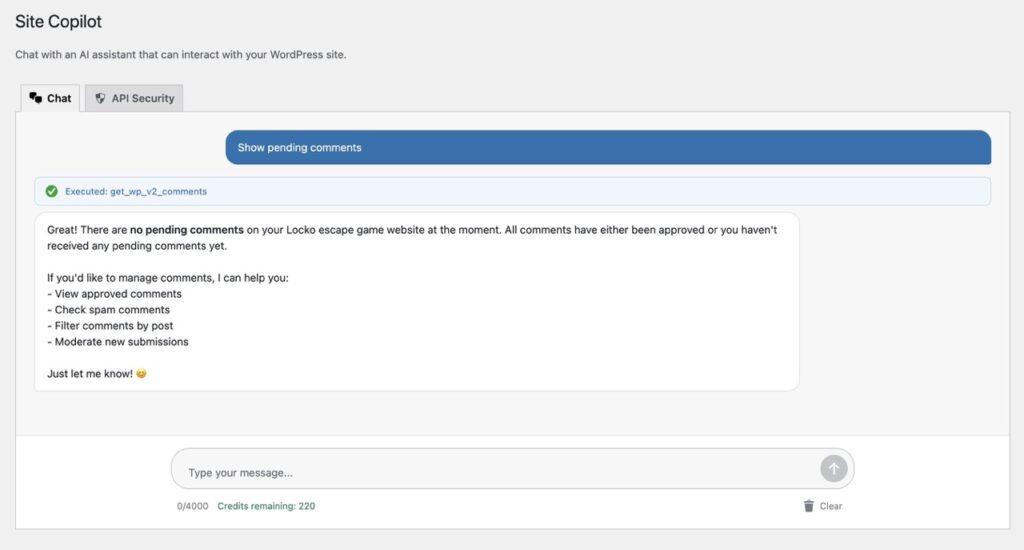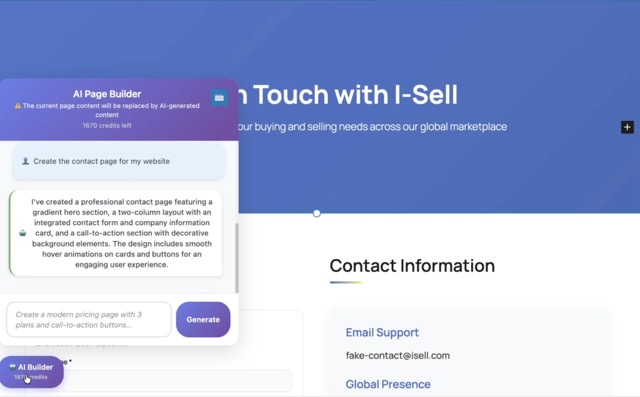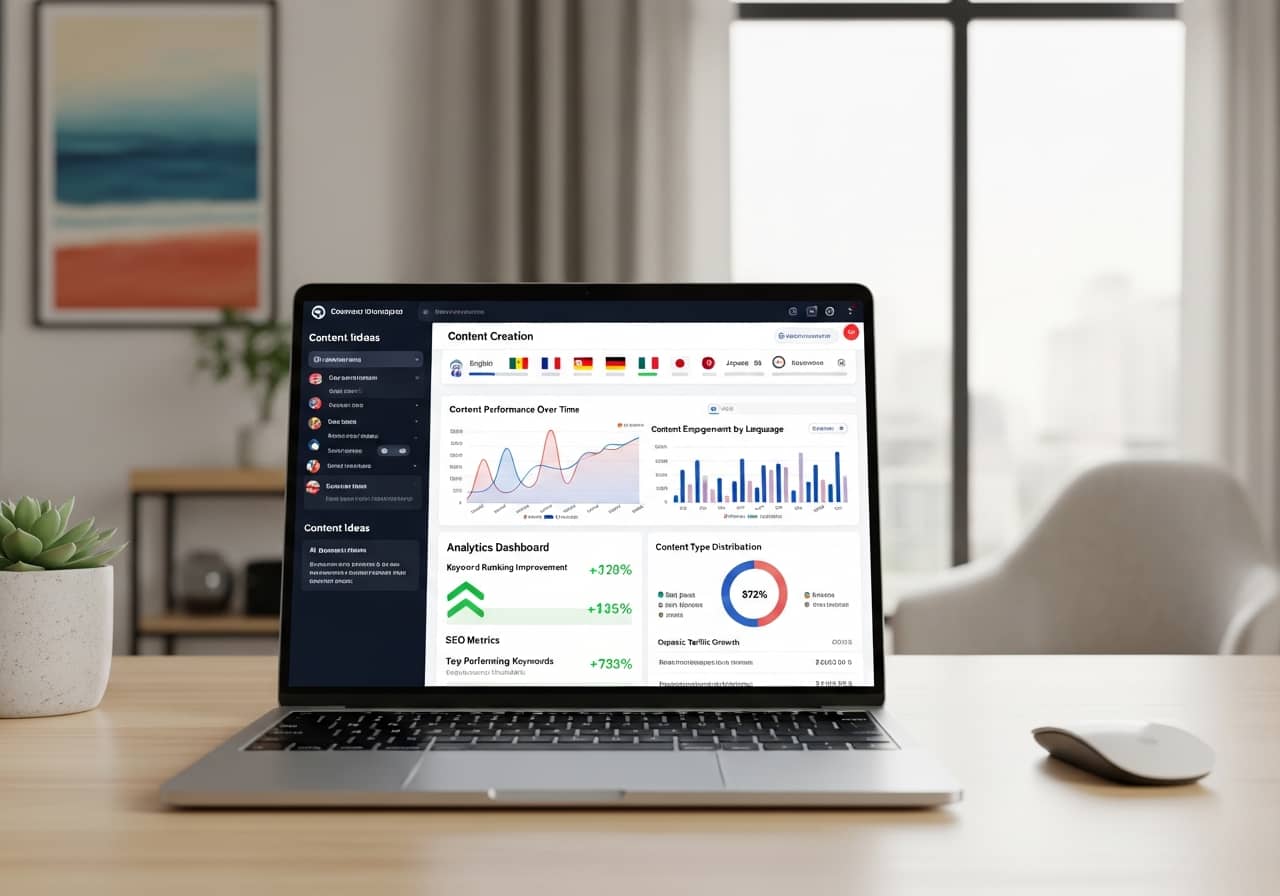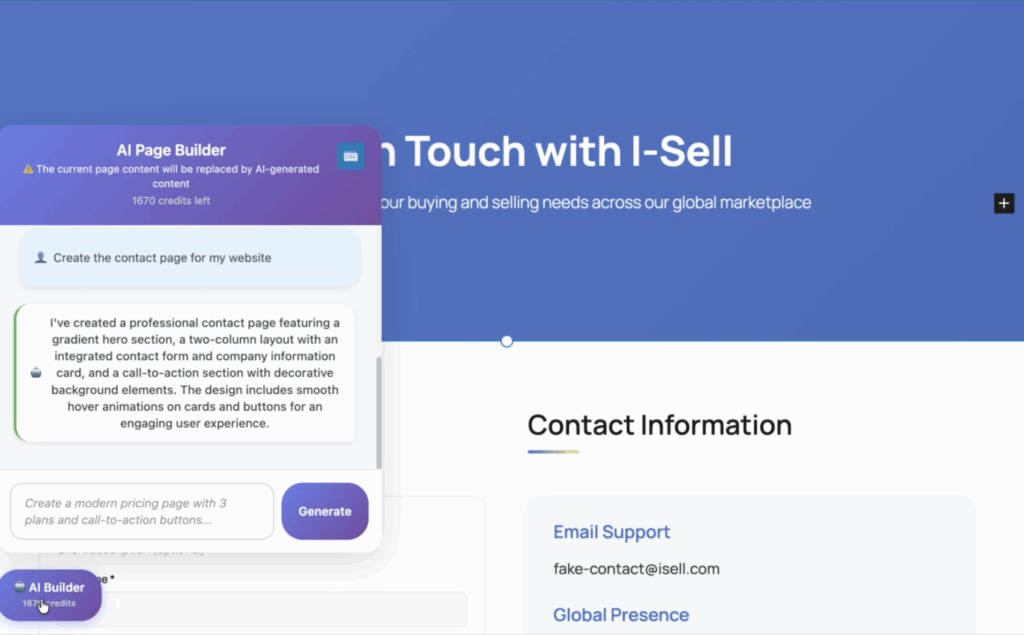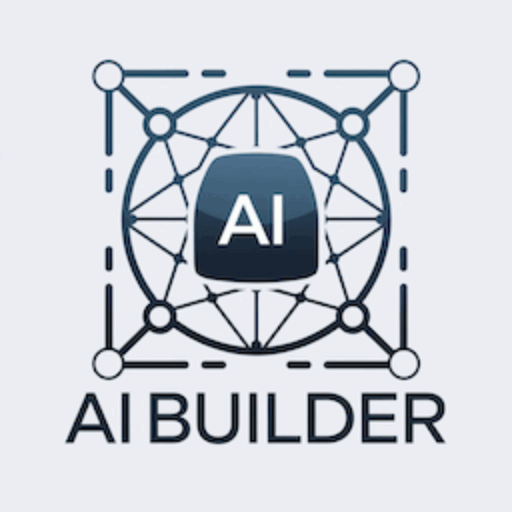Microsoft hat GitHub Copilot für die Codierung. Was wäre, wenn WordPress seinen eigenen Copilot für die Website-Erstellung hätte? Entdecken Sie, wie AI Builder Ihren WordPress-Workflow mit intelligenter Unterstützung transformiert.
Was macht einen perfekten Copilot aus?
Ein intelligenter Assistent, der Zeit spart, Fehler reduziert und Arbeitsabläufe beschleunigt. Genau wie GitHub Copilot die Codierung revolutioniert hat, transformiert AI Builder die WordPress-Website-Erstellung.
Zeitersparnis
Generieren Sie komplette Seiten, Inhalte und Layouts in Sekunden statt Stunden. Konzentrieren Sie sich auf die Strategie, während KI die schwere Arbeit übernimmt.
Fehlerreduzierung
KI-gestützte Vorschläge gewährleisten SEO-freundliche Inhalte, korrekte Überschriftenhierarchie und optimierte Layouts jedes Mal.
Workflow-Beschleunigung
Nahtlose Integration mit Gutenberg bedeutet keine Lernkurve. Beginnen Sie sofort mit intelligenter Unterstützung zu bauen.
AI Builder: Ihr WordPress Copilot in Aktion
Sehen Sie, wie AI Builder Ihren WordPress-Workflow mit intelligenten Funktionen transformiert, die nahtlos in Gutenberg funktionieren.
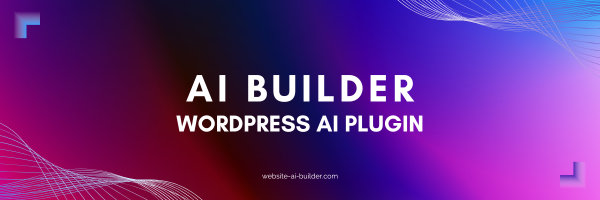
Generieren Sie komplette Seiten sofort
Geben Sie eine einfache Eingabeaufforderung ein und beobachten Sie, wie AI Builder ganze Seiten mit professionellen Layouts, SEO-optimiertem Inhalt und überzeugenden CTAs erstellt.
- Hero-Abschnitte mit überzeugenden Überschriften
- Feature-Gitter und Vorteilsspalten
- Testimonials und sozialer Beweis
- FAQ-Abschnitte und Kontaktformulare
Warum AI Builder gegenüber traditionellen Page Buildern wählen?
Traditionelle Page Builder
- Steile Lernkurve
- Schwerer, langsam ladender Code
- Begrenzte Anpassungsmöglichkeiten
- Herstellerbindung
- Manuelle Inhaltserstellung
AI Builder
- Keine Lernkurve
- Leichte, schnelle Leistung
- Native Gutenberg-Integration
- Vollständige Anpassungsfreiheit
- KI-generierte Inhalte und Bilder
Bereit, Ihren WordPress-Workflow zu transformieren?
Treten Sie Tausenden von Freiberuflern, Agenturen und Unternehmern bei, die professionelle WordPress-Websites schneller mit AI Builder erstellen – Ihrem persönlichen WordPress Copilot.

